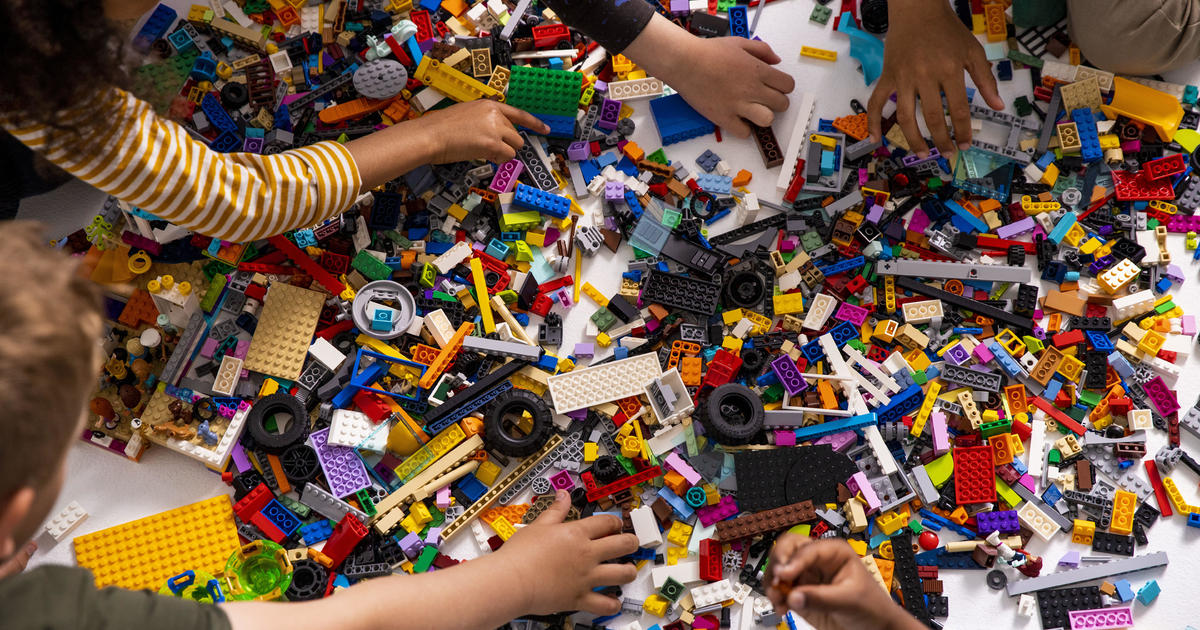Lego drops prototype blocks made of recycled plastic bottles as they “didn’t reduce carbon emissions”::Danish toy giant Lego said 2 years of experimentation with blocks made from recycled plastic bottles showed they “didn’t reduce carbon emissions.”
Its because plastics can’t really be fucken recycled. That was another lie to keep the machine going for a few more decades.
Well to be fair they can be, plastic is very recyclable, it’s just more expensive than producing virgin plastic, so it’s not done :-(
Plastic requires heavy sorting to be able to recycle then once that is done a large percentage is not usable, a small percentage can be used again but needs high energy to do so, low quality plastic is illegally imported to a Pacific island country and the waste is burned in fields. Plastic industries have been lobbying to keep this information as quiet as possible and blame the consumer for not “recycling enough” for decades https://m.youtube.com/watch?v=-dk3NOEgX7o
It really is not that reusable. Another day in the minefield, another lie is sold.
deleted by creator
If you read into recycling plastics you’ll see that you actually can’t recycle that many because it becomes briddle and unusable. Yes, even those marked as recyclable aren’t up to the quality once recycled.
this is correct less than 5% of plastics even get recycled.
Actually pretty amazing that they are willing to scrap it and keep researching instead of just going with it and saying “We did it! We did the sustainability thing! Now please resume your normal purchasing schedule.”
Forgive my ignorance, but isn’t the point of reusing plastic to prevent or reduce plastic waste and contamination? Not necessarily carbon itself.
Lego already does a great job at reuse, you can just pass it on to the next generation as they last forever anyway.
Yes but lego wants to be carbon neutral
If they had comparable carbon emissions recycling bottles still achieves the benefit of utilizing what might be otherwise abandoned used bottles.
Does that mean recycling PET doesn’t reduce carbon emissions in general, or is there something specific about Lego blocks that makes it less practical?
They stated that the new mater lies would not live up to their requirements on longlivity and quality. Abs which is currently used is quite stable and can and is therefore be used for generations.
The new materials would lead to faded and broken Lego bits after some years and degrade the brand perception. Since new stuff would need to be bought then this would be less CO2 efficient.
For other PET products we usually do not have any longlivity requirements. Plastic bottles barely need to survive for a year and therefore the recycling process is still much better than producing new plastic.
In short: It is better to produce 1kg of CO2 once every 30 years than 0.2kg of CO2 every 5 years.
I am sure there is still some typical greenwashing in the calculations, but it makes sense to me that they do not want to reduce their quality standards.
The article says the recycled plastic was able to meet their quality requirements, just not with any reduction in emissions. They’ve also tried many potential materials that didn’t meet their requirements, and presumably some of the other options could have reduced emissions at the expense of quality.
I wasn’t able to find a definitive answer to your question. Lego blocks are usually made of ABS plastic, not PET, so I though initially the company was doing a thermal breakdown to the hydrocarbon level, then reformulating it into ABS, which I could absolutely be a CO2/energy intensive process.
However this Lego company linked PDF suggests they’re actually making blocks out of PET and not reformulating. This should be a significantly less CO2/energy intensive.
One other thing to consider is how Europeans are approaching “green” initiatives. European methods are generally hyperfocused on CO2 reduction as pollution largely ignoring other types of pollution. As an example, with automobile pollution diesel cars were incentives because they produced less CO2 than gasoline cars for similar distance/work. This ignored the NOX and particulate pollution from diesel which was far worse than gasoline. The statement Lego made here of "didn’t reduce carbon emissions” resonates with that idea.
Back to Lego, even if PET method was only CO2 neutral, using recycled PET could still be a good path to reduce PET plastic from going into landfills or being burned (producing other toxic pollution). However, if CO2 reduction is the only goal, then the program ending isn’t surprising.
deleted by creator
The vagueness of this statement means that they found it to be 0.2 cents more expensive per tonne and didn’t want to take this overwhelming hit to their profit streak.
This is the best summary I could come up with:
Copenhagen, Denmark — Denmark’s Lego said on Monday that it remains committed to its quest to find sustainable materials to reduce carbon emissions, even after an experiment by the world’s largest toymaker to use recycled bottles did not work.
Lego said it has “decided not to progress” with making its trademark colorful bricks from recycled plastic bottles made of polyethylene terephthalate, known as PET, and after more than two years of testing “found the material didn’t reduce carbon emissions.”
Lego enthusiastically announced in 2021 that the prototype PET blocks had become the first recycled alternative to pass its “strict” quality, safety and play requirements, following experimentation with several other iterations that proved not durable enough.
The company said scientists and engineers tested more than 250 variations of PET materials, as well as hundreds of other plastic formulations, before nailing down the prototype, which was made with plastic sourced from suppliers in the U.S. that were approved by the Food and Drug Administration and European Food Safety Authority.
On average, a one-liter plastic PET bottle made enough raw material for ten 2 x 4 Lego bricks.
Also known as green methanol, e-methanol is composed of waste carbon dioxide and hydrogen, created by using renewable energy to split water molecules.
The original article contains 421 words, the summary contains 207 words. Saved 51%. I’m a bot and I’m open source!









